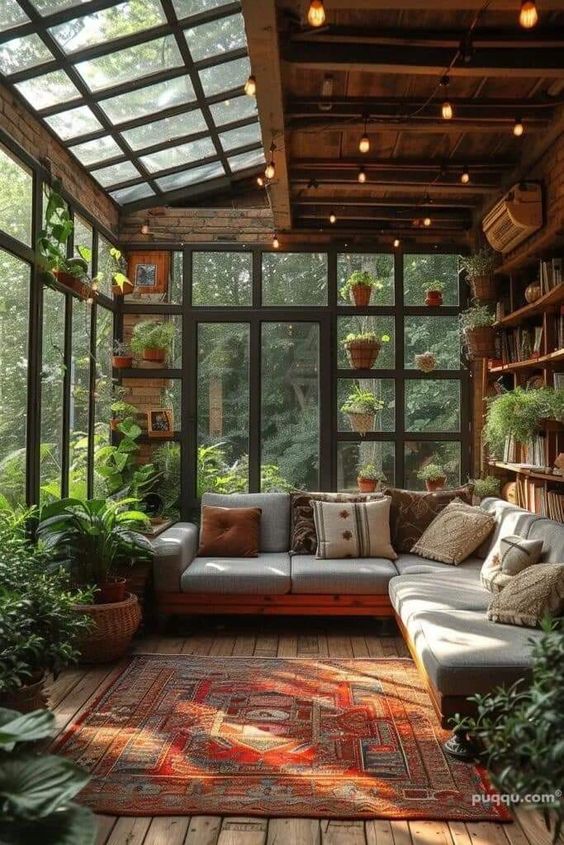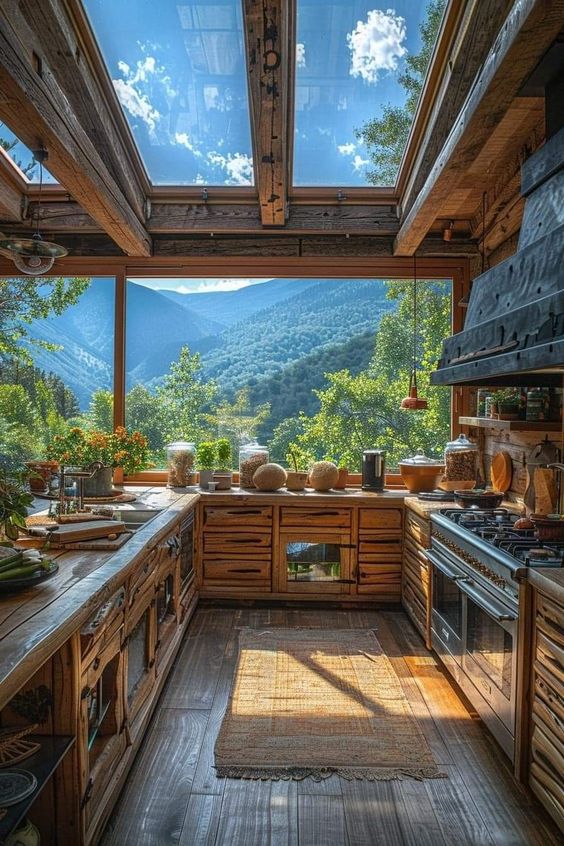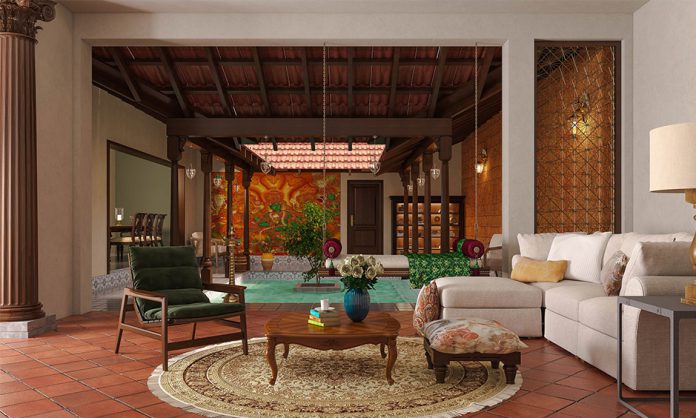When we think about home interior design, the styles can often become overwhelming. One popular approach that has gained traction in recent years is transitional home interior design. This style seamlessly blends old and new, creating a harmonious space that feels both modern and timeless. Let’s delve into what transitional design is, the key elements that define it, and how you can incorporate this style into your own home.
Understanding Transitional Design
Transitional design is essentially a balanced combination of traditional and contemporary styles. It aims to create an inviting atmosphere without being overly decorative or stark. The beauty of transitional design lies in its ability to adapt, ensuring that your space reflects your personality while also remaining functional.

Unlike purely modern designs, which can sometimes feel cold, or traditional designs that might appear stuffy, transitional spaces strike a balance. They incorporate smooth lines and a muted palette while allowing room for expressive elements to shine through.
Key Elements of Transitional Design
1. Color Palette
The color choices in transitional design are typically neutral and muted. Think beige, taupe, gray, and soft pastels. These colors provide a perfect backdrop, allowing furniture and decor pieces to take center stage. However, pops of bold color can be introduced through art or accent pieces to add character.
2. Furniture Style
When it comes to furniture, transitional design favors pieces that are sleek but not overly modern. You might find a classic tufted sofa alongside a contemporary glass coffee table. Mixing materials is key. For instance, combining wood with metal or fabric can create visual interest and depth within a room.
3. Textures and Patterns
In transitional design, textures and patterns come into play without overwhelming the space. Think about incorporating subtle striped or floral elements through throw pillows or area rugs. This adds layers to your interior while keeping the overall look cohesive and comfortable.
Creating a Transitional Space

Now that you have an understanding of transitional design, let’s explore how you can create a space that embodies this style. Here are a few tips to get you started:
- Start with a Neutral Base: Begin with a neutral color palette for the walls, flooring, and larger furniture pieces.
- Mix and Match: Don’t be afraid to pair modern and vintage pieces. For example, a rustic wooden chair can complement a sleek contemporary desk.
- Add Layers: Utilize various textures through cushions, blankets, and rugs to create a warm and inviting feel.
- Focus on Functionality: Choose furniture that is aesthetically pleasing but also functional, ensuring your space works for your lifestyle.
- Incorporate Personal Touches: Display art, photographs, or collectible items that reflect your personality and ties the room together.
Popular Transitional Decor Styles
Classic Transitional Style
Classic transitional decor often features elegant lines and a refined color palette. This style focuses on quality over quantity, showcasing a few standout pieces rather than crowded décor. Think of it as a serene retreat with subdued elegance.
Modern Transitional Style
Modern transitional design leans more towards contemporary aesthetics, featuring bold shapes and innovative materials. This style plays with symmetry and tends to use fewer decorative elements while still feeling warm and inviting.
Eclectic Transitional Style
The eclectic approach allows for more artistic expression. In this style, you could combine a traditional armchair with an abstract painting, resulting in a diverse yet balanced look. This style is about personality and creativity, allowing you to showcase your unique flair.
Conclusion
In conclusion, transitional home interior design offers an excellent way to blend the old with the new. By thoughtfully combining traditional and modern elements, you can create a cohesive space that reflects your personal style and enhances the comfort of your home. Don’t hesitate to infuse your personality into the design—after all, your home should be a true representation of who you are. Always remember, the goal is to create a harmonious environment that is not only beautiful but also functional. With this style, you can embrace the timelessness of tradition while enjoying the freshness of contemporary design.


